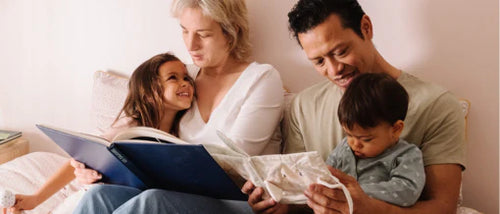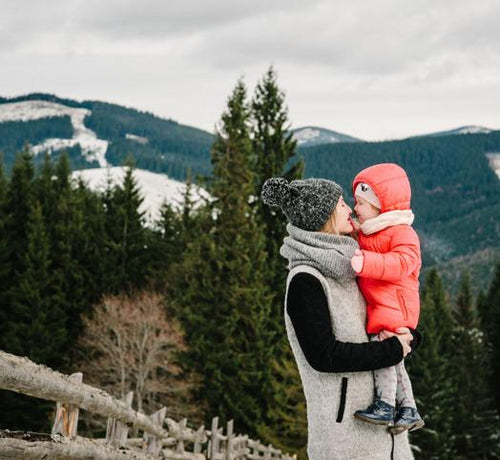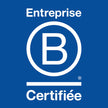Winter will soon be here and you may be dreaming of a family vacation in the snow. But is your baby ready for the summits?
The mountain offers many stimulating discoveries for a toddler, but it also has climatic particularities: oxygen is rarer, the air drier and colder, the atmospheric pressure lower, the sun harsher...
We take stock of the precautions to take and the rules to follow to enjoy it safely!
Before departure: a quick trip to the pediatrician From his first months, your baby can be taken to the mountains up to 1500 m altitude: beyond that, the scarcity of oxygen and the drop in pressure could be difficult to bear for his immature organism.
Wait until your first birthday to aim for the highest peaks!
Before leaving, your baby must be in perfect health. In preparation for the holidays, consider stopping by your pediatrician who will check that your little one does not have an ear infection, is not anemic or suffers from a heart murmur: these health problems could pose a problem in high mountains.
Everything is OK ? Then you can hit the road! A gentle climb Are you the type to do the route in one go to arrive faster? With your baby, you will have to change your habits!
Arriving at an altitude of 1200 m, a break is necessary to allow your body to gradually adapt to the atmospheric conditions.
During the climb, also remember to offer frequent feedings or bottles to unclog his ears and avoid any pain. And apply the same program on the way back. Beware of the dry cold…
In the mountains, it is generally very dry cold, conducive to laryngitis in toddlers.
In addition, your baby moves little and cools down much faster than you: extreme vigilance is required!
Bundle him up as much as possible, leaving as little bare skin as possible: fur-lined boots, gloves, a scarf and a hat are essential, to be lined with blankets or a footmuff. Also remember to regularly moisturize your skin, which is put to the test by the cold and dry air: for example, adopt the nourishing treatments with Mustela Bébé nutri-protective Cold-cream for the face and body, and the Hydra-stick with Cold-cream for exposed lips and cheekbones.
Walks in the fresh air should not exceed one hour, and always in a stroller or in a front baby carrier: never place your baby on your back, as you would have difficulty monitoring the signs of a possible cold. …and in the sun!
At altitude, the dangers of the sun are at their maximum: UV rays are more intense because they are less filtered by the atmosphere and the reflection on the snow intensifies the radiation.
Your baby's skin and eyes must absolutely be protected. Before going out, always equip them with 100% UV category 4 sunglasses and apply sun protection with an index of 50 +, specifically formulated for the little ones.
All you have to do is introduce him to the pleasures of snow!




